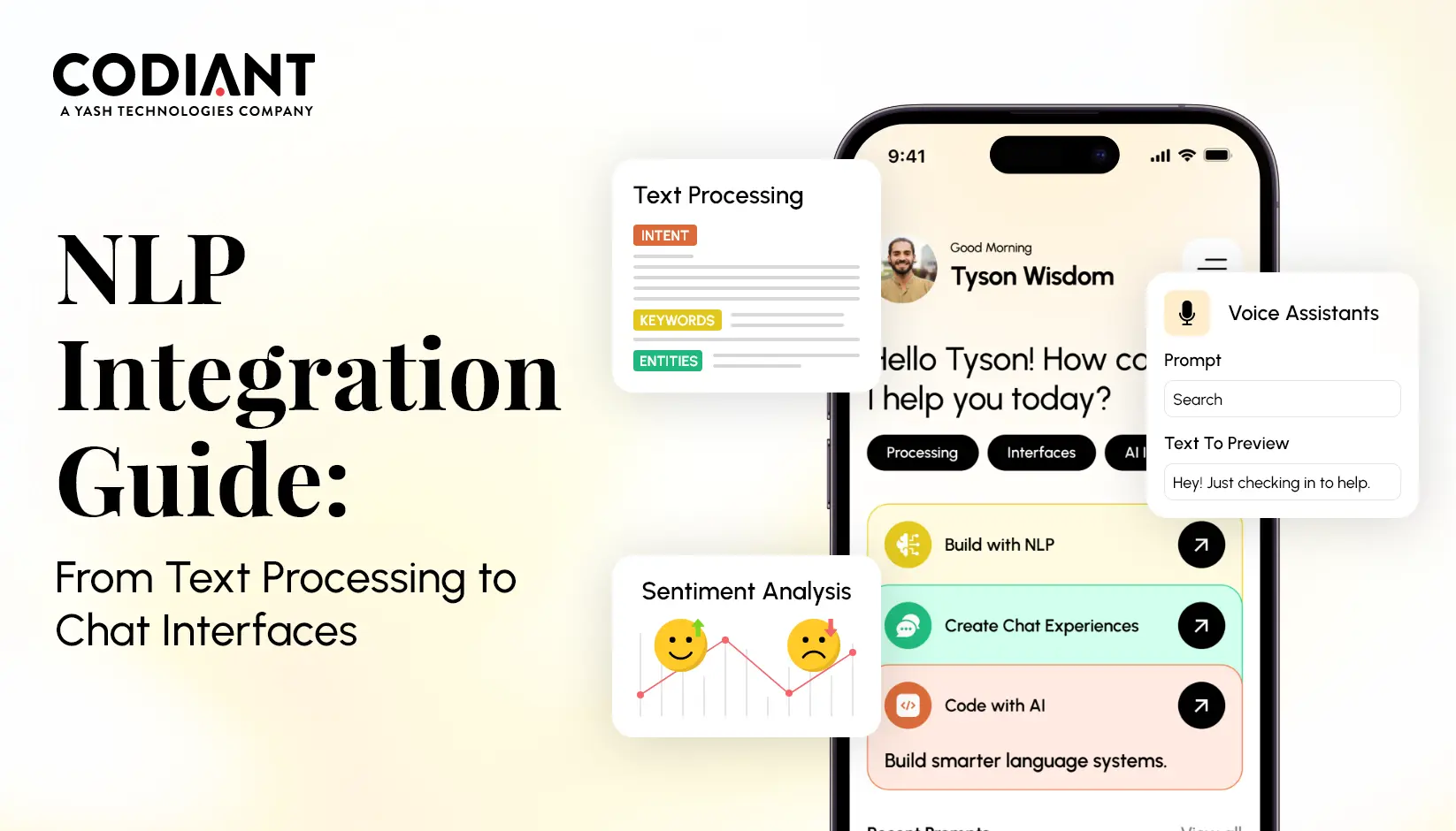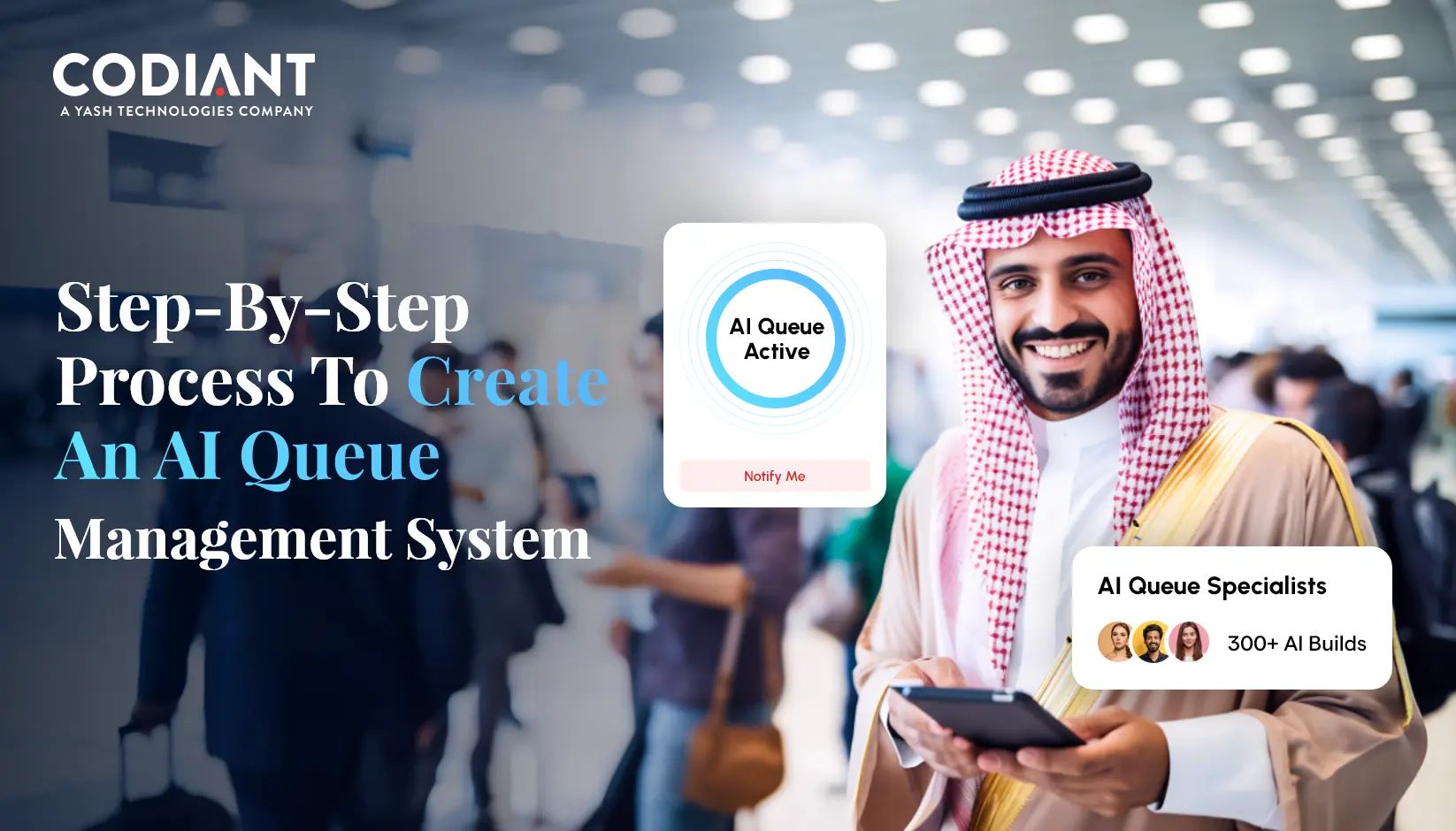
The rapid digital advancements need no more exaggeration. As more and more corporations are looking to absorb more customers worldwide without any geographical limitations, developing an eCommerce website and a mCommerce app has become a prevailing need.
As per eMarketer’s research report,” Worldwide Retail and eCommerce Sales” by 2021, we expect global ecommerce will approach $5 trillion and will account for 72.9% of the eCommerce market.
This prediction demands a more sophisticated, convenient, and psychological eCommerce system that adds value to any company.
To attain this, there is a pressing need to create a seamless process that guides shoppers through the purchase, doesn’t let them shift their focus, and ensures the merchants are gaining a greater proportion of their hard-fought revenue.
At Codiant, we help eCommerce companies develop one by providing an eCommerce website and a mCommerce app that is straightforward and has an intuitive shopping and checkout process.
In this blog post, we will discuss the following topics:
- The problems faced by shoppers while purchasing online
- The tactical solution by Codiant to overcome those problems by defining:
- Key features of customers
- Key features of merchant or store vendor
- Key features of admin panel
- The benefits achieved by E-commerce app development
- The number of third party integrations
- The technology stack
- The total cost to develop the eCommerce website and mCommerce app
The Pain Points Customers Face While Shopping Online
1. Non-Optimized Payment Flow
Step 1 : Shoppers fills out shipping information.
Problem : Shoppers patience comes on the test when filling out too much information.
Step 2 : Shopper selects a payment method.
Problem : The shoppers preferred payment method is not available.
Step 3 : Shopper provides payment data.
Problem : Mistakenly, they enter incorrect data and realize after the payment gets rejected.
Step 4 : Shopper previews and places order.
Problem : The payment process is too long and the shopper abandons the shopping cart.
Step 5 : Shopper receives the payment confirmation.
Problem : The merchant’s fraud checks doubt the shopper’s authenticity and block the sale.
2. Poor Navigation
Step 1 : Shopper looks for a specific product.
Problem : The shopper has to navigate through all the products to look for one.
Solution : A search bar can help in finding the right product without thinking too much.
Step 2 : Shoppers find a favorite product.
Problem : But either the size is not available or the product is out of stock or the cost is too high.
Solution : The notifications can inform customers when the product is back in stock or the product can be added to the wish list for buying later.
Step 3 : Looking for different products from different brands
Problem : Most customers shop using more than one channel (online marketplaces, branded websites, in-store, etc.)
Solution : By making sales channels interconnected and offering multiple brands on the same platform, the pain point can be solved.
3. Tracking and Delivery Pain Points
Step 1 : Customer orders the product and makes the payment
Problem : As soon as the shopper orders they want to be informed of the status of the orders
Solution : A smart shipping software can keep the customers informed at every stage
How To Develop An Ecommerce App That Can Solve The Pain Points Of Customers
Key Features of Customer
Signup/Sign-in : Easy onboarding for users through social channels like Facebook, Twitter or through email id.
Manage Profile : Users can manage their profile:
- Change profile picture
- Update email id
- Change address and phone number
Find Brands: Users can search for products or items by their favorite brands.
Direct Search : Users can directly search the product on search bar by voice or text.
Advanced Filters : Users can refine their search based on factors like:
- Popularity
- Discount
- Prices
- Colors
- Sizes and more using sort and filter features
Product List : Users can view and choose from thousands of products listed in the app
Product Description : After selecting a product, user can view complete detail of the product:
- Price
- Size
- Offers
- Product Details
- Features & Benefits
- EMI Options
Image Zoom : Hover over the product image to see the image zooming effect and view the item clearly.
View Offers : Search brands or products categorized by offers, discounts.
Augmented Reality : This is an advanced feature help customers stay up-to-date with the latest fashion trends. The Dressing Room app is a good example of this. Launched by Gap, this app allows customers to try its clothes on virtually. Based on height and weight the app creates a 3D mannequin that mimics the measurement.
Voice Search : This feature use device’s voice recognition interface to record search query. Through this feature, users can search products in the search bar by voice which is then converted into text. Hence, simplifying the search process. Loyalty Programs (customizable): Through the loyalty program, the repeat customers can get:
- Discounts and rebates
- Rewards
- Free merchandise
- Coupons
- Access to unreleased products
Wish list : Users can add their favorite, most desired and likely to purchase items in the wish list.
Order Tracking : Users can track their orders:
- Order packed
- Order dispatched
- On the way
- Order delivered
Add to Cart : Users can add purchased items to the cart.
Try and Buy : This feature allows users to ‘touch and feel’ the product before buying. Multiple payment options: Users can pay through multiple options like:
- Credit/debit cards,
- Net banking
- mWallet
mWallet Integration : Enable users to add money in the wallet and make quick easy payments.
Image Search : Users can search a product by an image if they are not able to find it by simple text. Customers can do that with a reverse image search tool that can provide image search results for all major search engines (Google, Bing, Yandex, etc.)
Return/Exchange Product : Users can return or exchange the product by following the return policy.
Rate Product : Customers can rate and review the product.
Discount Codes : To entice customers’ users can be given promo codes, cashback offers.
Instant Checkout : Faster checkouts from the product page and shopping cart screen.
Product Comparison Tool : Users can compare similar products across parameters like
- Product features,
- Product dimensions (size of product)
- Free shipping,
- Product price and more.
Buy on EMI : Avail users with EMI option (monthly, quarterly, yearly)
Live Chat : Live chat with the customer support team.
Notifications : Users can get notifications for new offers, deals, and order updates through:
- Email,
- SMS
- Push notifications
Ratings and Reviews : Users can give ratings and reviews to the app.
Vendor Features
- Registration/Login : The vendor can easily login through email id and password.
- Active Subscription Plan : Vendor can subscribe themselves (activate/deactivate) and extend the subscription.
- Manage Profile : Vendor can set up store by adding store and product details.
- Product Catalog : Vendor can manage (add, update, delete) products in a hassle free way.
- Manage Orders : Vendor can manage incoming orders and dispatch it accordingly.
- Import/export : Vendor can upload the products in bulk quantity on the software.
- Payment Integration : This feature will allow the system to integrate and take multiple payment gateways like Authorize.Net, PayPal, Stripe, etc.
- Reporting Tools : Vendor can view sales reports, returned items, product performance reports.
- Notifications & Alerts : Vendor will get alerts through email, SMS and push notifications.
Admin Features
- Dashboard
- Manage Customers
- Multi-vendor management
- Order Management
- Manage Product Category/Subcategory
- Manage Discounts And Offers
- Manage Payment
- Manage Referral/Invites
- Reporting And Analytics
- Visitor Statistics
Advanced Features
- Product search with QR codes
- Augmented reality view
- Social media sharing
- Live chat support
- Automatic tax calculation
- Multi-currency
- CRM integration
- Cloud storage
Third Party Integration

Technology Stack for eCommerce Website

Integrations :
- Amazon simple storage service (Amazon S3) as file storage.
- Amazon simple email service (Amazon SES).
- Payments gateway- PayPal, Stripe, Authorize.net, etc.
- Firebase cloud messaging for notifications.
- Social logins- social media API (Facebook, Twitter), Gmail.
Benefits of Developing an eCommerce App Platform
The Fact
- 82% of Internet users in the United States have used a mobile device to shop online.
- 78% of users would rather access a store via a mobile app instead of a mobile site.
- The average order value in eCommerce apps is 140% higher than on mobile sites and 130% higher than on desktop sites.
- The online shopping business in the USA is growing 3X faster than the offline segment.
- Mobile consumers make twice as many purchases by app than on mobile web.
- By the year 2021, worldwide retail ecommerce sales will reach $4.9 trillion.
- More than half, or 58% of people reported shopping online because of the ability to shop 24/7. As much as 61% of people have a better opinion of brands that offer a good mobile experience.
The Outcome
- Enhanced usability
- Drives higher user engagement
- Push notifications increase conversion rate
- eCommerce apps builds a loyal customer base and customer retention
- Quicker checkouts reduce shopping cart abandonment rate
- Enhanced user experience increases user satisfaction
- Helps in reaching target audience
The Total Cost To Develop An eCommerce App Platform
The app features are divided as per basic, medium and advanced version that varies for native iOS app development, Android app development and cross platform app development. Additionally, the cost also depends upon other factors like :
- Number of features and complexity of app functionalities
- Number of third party integrations
- Developers and their location
- Hourly rates of the eCommerce app development company
- eCommerce website hosting cost
- Marketing and SEO expenditures
While the total cost to develop eCommerce website depends upon :
- UI/UX Design
- Web front-end development
- Web back-end development
- Quality assurance and testing
- Project Management
The Cost Components of an eCommerce Website Development
| Service | Basic | Medium | Large |
| UX/UI Design | $5,000+ | $10,000+ | $21,000+ |
Custom Development
(web front-end &
web back-end) | $40,000+ | $80,000+ | $150,000+ |
| Quality Assurance | $5,000+ | $10,000+ | $25,000+ |
| Project Management | $7500 | $15,000+ | $32,000+ |
Business Analysis
(Product backlog &
functional
Specification
development) | $2,500+ | $5,000+ | $12,000+ |
| Total Setup | $60000 | $120,000+ | $240,000+ |
| Time | 3-6 Months | 6-9 Months | 9+ Months (ongoing) |







